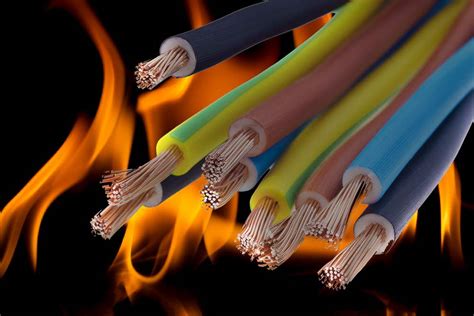Site: Home > Home > News and events
There are many regulations and standards related to cable flame retardancy, which vary depending on the country or region. Here are some of the most common ones:
1. UL 94: This is a standard established by Underwriters Laboratories (UL) in the United States for testing the flammability of plastic materials. It classifies materials into several categories based on their burning behavior, such as V-0, V-1, and V-2.
2. IEC 60332: This is a standard established by the International Electrotechnical Commission (IEC) for testing the flame spread of cables. It measures the ability of cables to resist vertical flame spread under specific conditions.

3. BS 6387: This is a British standard for testing the resistance of cables to fire under different conditions, such as fire with water spray, fire with mechanical shock, and fire with direct impact.
4. IEC 60331: This is a standard established by the IEC for testing the resistance of cables to fire when subjected to a flame for a specified period of time.
5. NFPA 70: This is a standard established by the National Fire Protection Association (NFPA) in the United States for electrical installations. It includes requirements for the selection, installation, and maintenance of electrical systems, including cables.
6. EN 13501: This is a European standard for fire classification of construction products, including cables. It classifies materials into several categories based on their reaction to fire, such as A1, A2, B, C, D, E, and F.
7. GB/T 18380: This is a Chinese national standard for testing the flame retardancy of cables. It includes requirements for cable materials, testing methods, and performance levels.
These regulations and standards provide guidelines for testing and evaluating the flame retardancy of cables. Compliance with these standards can help ensure that cables meet certain safety requirements and reduce the risk of fire incidents.
Copyright 2022:Qinsun Instruments Co., Limited
High-end textile tester supplier Email:info@qinsun-lab.com | Textile Testing Equipment pdf | Tel:021-67800179 |